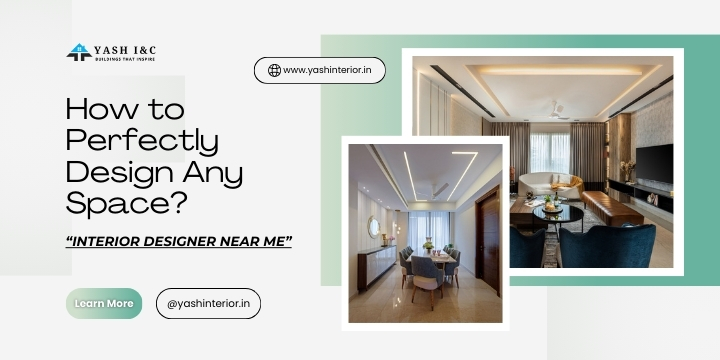
How to Perfectly Design Any Space? Interior Designer Near Me!
Interior design is the art of enhancing the interior of a building to create a healthier and more aesthetically pleasing environment for the people using the space. Whether it's a home, office, restaurant, or specialized space like a hospital or gym, each type of interior requires a unique approach to meet its functional and aesthetic needs. Understanding the nuances of interior design and the role of architecture design can transform any space into a sanctuary of comfort, efficiency, and style.
Turnkey Home Interior Design
Home is a sanctuary where personal style and comfort reign supreme. Whether it’s a minimalist approach or luxury interior design, the style of interior design should reflect the inhabitant’s personality. From kitchens, bedrooms, living rooms, to outdoor spaces, residential interior design must balance functionality with aesthetics. The key is to make each room feel inviting while serving its specific function, whether that’s cooking, relaxing, or hosting guests.
Turnkey Office Interior Design
Office spaces require thoughtful design to foster productivity and comfort. A well-designed office reflects professionalism and encourages efficient workflows. Today’s modern interior designers near me are creating dynamic and flexible workspaces such as co-working spaces, conference rooms, and reception areas that cater to collaborative work. Modern architecture in office spaces incorporates natural light, ergonomic furniture, and acoustic solutions to enhance work efficiency. Other spaces, such as IT offices, law offices, and government offices, emphasize functionality while maintaining a professional aesthetic.
Turnkey Restaurant Interior Design
In the world of restaurant interior design, aesthetics play a key role in shaping the dining experience. Whether it's a cozy cafeteria, an upscale bar, or a chic lounge, the design should complement the restaurant’s theme. Modern and commercial interior design styles often combine striking lighting with unique furniture to enhance the ambiance. Restaurants, bars, lounges, and clubs often choose bold, inviting colors to create a vibrant social environment. They aim to make every visit feel special, focusing on comfort and allure.
Turnkey Gym and Fitness Studio Interior Design
Fitness environments, such as gyms, fitness studios, and yoga studios, require spaces that promote activity and motivation. These interiors are typically open, airy, and infused with energetic color schemes. The key elements of design include ample space for movement, easy-to-clean surfaces, and practical storage solutions for equipment. Whether it’s a high-energy dance studio or a serene yoga studio, the interior design must support the physical activity taking place.
Turnkey Hotel and Hospitality Design
Hotels are about comfort and luxury. From the lobby to the guest rooms, the design should evoke relaxation and exclusivity. The interior architecture of hotels often features spacious layouts, luxurious materials, and smart technology integrations. Hospitality design also extends to more unique stays such as bed and breakfast properties, resorts, holiday homes, Airbnb properties, beach houses, and mountain lodges, each requiring a personalized design that enhances the guest's experience.
Turnkey Clinic and Hospital Interior Design
Designing interiors for clinics, hospitals, and medical centers demands a delicate balance of cleanliness, comfort, and functionality. These environments should soothe patients and make their visits less stressful. Dentist offices, pharmacies, and rehabilitation centers are designed to be sterile yet welcoming, often using calming color palettes and ergonomic furniture. Similarly, veterinary clinics and animal shelters need to focus on a compassionate, comfortable atmosphere that balances clinical needs with patient care.
Turnkey Cafeteria, Bar, and Lounge Design
From casual dining spaces like cafeterias to upscale social spots like bars and lounges, each requires a unique interior design approach. Cafeterias focus on practical, easy-to-clean designs with ample seating, while bars and lounges may opt for mood lighting and plush furniture to create a more intimate and comfortable atmosphere. These venues, often part of hotels, restaurants, or clubs, are designed to facilitate conversation and relaxation.
Turnkey Retail Store and Mall Interior Design
Retail stores need to be visually appealing to attract customers. Whether it's a small boutique, a sprawling mall, or a niche showroom, the interior design must emphasize product display while encouraging customer flow. Supermarkets, for example, prioritize open spaces and clear signage for ease of navigation, whereas a boutique might focus on luxury design elements that enhance the shopping experience. Malls combine different interior design services to cater to a wide range of retail spaces within one structure.
Turnkey Showroom and Boutique Design
Showrooms and boutiques are designed to highlight products in the best light. Whether it's high-end fashion, furniture, or automotive showrooms, the goal is to create an immersive environment that enhances the shopping experience. These spaces often incorporate elements of luxury interior design, including modern architecture, sophisticated lighting, and high-quality materials to create a sense of exclusivity.
Turnkey Co-working Space and Conference Room Design
Co-working spaces are rapidly gaining popularity, and their designs focus on flexibility and community. A co-working environment should feel collaborative yet allow for individual work. Conference rooms, on the other hand, must be professional yet comfortable, with layouts that accommodate technology, presentations, and group discussions. These areas often use contemporary design elements to create an engaging, efficient workspace.
Turnkey Reception Area and Lobby Design
Reception areas and lobbies are where first impressions are made. Whether in an office, hotel, or apartment complex, these spaces should be welcoming and reflective of the building's character. Design considerations include comfortable seating, effective lighting, and clear signage. For residential spaces such as apartment complexes, condominiums, and hostels, the lobby acts as a central point for residents and visitors, making it a key focal area in the design process.
Turnkey Classroom, Library, and Laboratory Interior Design
Educational facilities, such as classrooms, libraries, and laboratories, require functional and inspiring interiors that support learning. Classrooms should prioritize ergonomic seating and adequate lighting to enhance focus, while libraries benefit from cozy reading areas and quiet spaces. Laboratories, whether in schools or research facilities, require designs focused on safety and efficiency while fostering creativity and exploration.
Turnkey Museum, Art Gallery, and Theatre Interior Design
Cultural spaces like museums, art galleries, and theatres benefit from designs that enhance the visitor's experience. In a museum or art gallery, the design should emphasize the exhibits while creating a flow that guides visitors through the space. In theatres and auditoriums, the design focuses on acoustics, lighting, and seating arrangements that enhance the performance experience.
Turnkey Sports Arena, Stadium, and Swimming Pool Area Design
Sports arenas, stadiums, and swimming pool areas need to accommodate large crowds while ensuring safety and comfort. Design considerations include seating arrangements, clear signage, and durable materials that can withstand heavy use. Similarly, fitness studios, yoga studios, and dance studios require open spaces with specialized flooring and acoustics to support physical activity.
Turnkey Fitness Studio, Yoga Studio, and Dance Studio Design
In spaces like fitness studios, yoga studios, and dance studios, the interior design must encourage physical activity and focus. Bright, open layouts with minimal distractions create an environment conducive to exercise and mindfulness. Flooring, lighting, and ventilation all play critical roles in ensuring that these spaces are functional and comfortable.
Turnkey Pharmacy, Dentist Office, and Medical Center Design
Healthcare spaces, including pharmacies, dentist offices, and medical centers, prioritize cleanliness and patient comfort. Neutral color schemes, ergonomic seating, and functional layouts ensure that both patients and medical staff can navigate these spaces with ease. Rehabilitation centers and veterinary clinics also follow similar design principles, aiming for practicality and compassion in their layouts.
Turnkey Airport Lounge and Airline Office Design
Airport lounges and airline offices are designed with comfort and efficiency in mind. In lounges, plush seating, quiet zones, and amenities like Wi-Fi create a relaxing atmosphere for travelers. Airline offices must balance customer service operations with branding, ensuring that the space is both functional and representative of the airline’s identity.
Bank, Financial Institution, and Law Office Design
Banks, financial institutions, and law offices require a blend of professionalism and approachability. The design should reflect the company’s reliability while ensuring comfort and privacy for clients. Elements such as modern furnishings, secure meeting rooms, and clear layouts are essential in these spaces.
Real Estate Office, Call Center, and Industrial Workspace Design
Real estate offices, call centers, and industrial workspaces prioritize functionality above all. In real estate offices, the design should facilitate client interaction and deal closings. Call centers focus on maximizing space while providing a comfortable work environment for employees. Warehouses, manufacturing facilities, and factories must adhere to safety standards while optimizing the layout for efficiency.
Post Office, Government Office, and Municipal Building Design
Government offices, municipal buildings, and post offices focus on practical, secure designs that facilitate public service operations. These spaces prioritize clear navigation, accessibility, and durability, with an emphasis on efficient workflows for staff and ease of use for the public.
Conclusion
Whether it's residential or commercial, interior design plays a crucial role in creating environments that enhance functionality, comfort, and aesthetics. From homes to specialized spaces like gyms, restaurants, offices, and medical centers, the right interior design transforms spaces into places where people can thrive. With various styles of interior design to choose from, finding the perfect balance between form and function is key to creating a successful interior space.
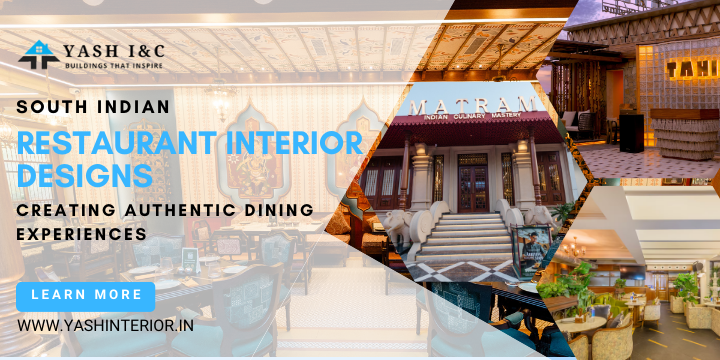
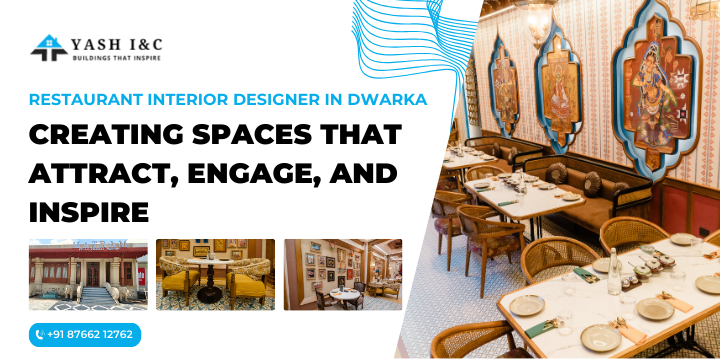
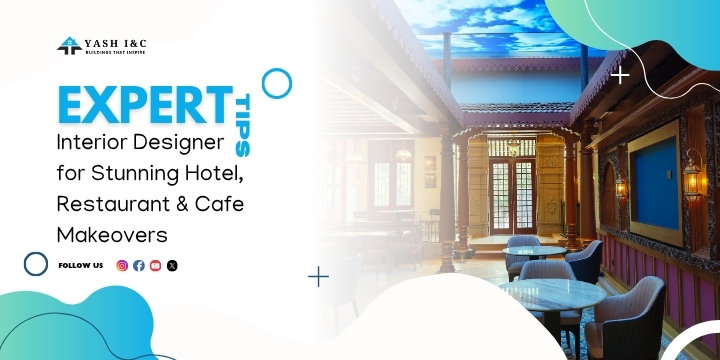
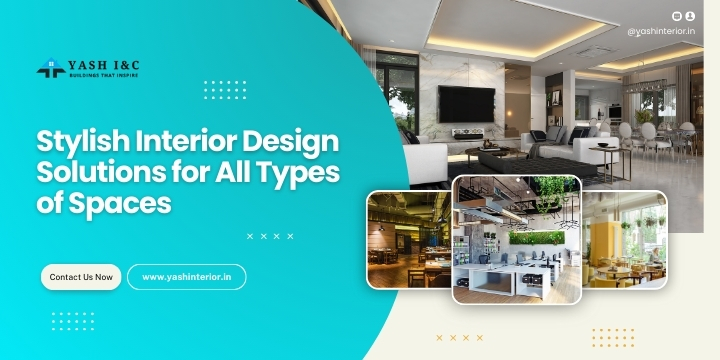


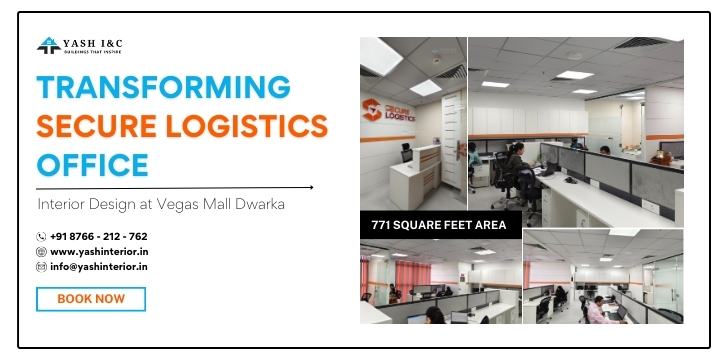
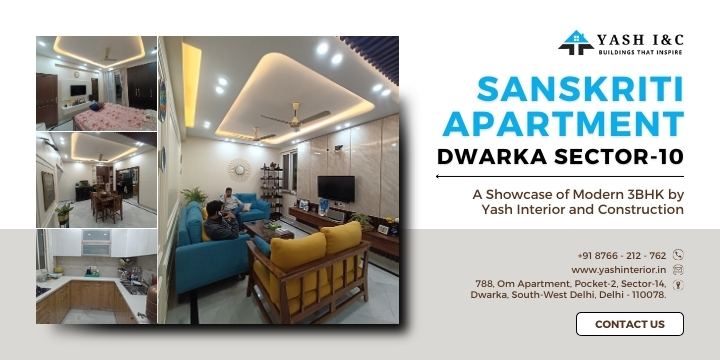
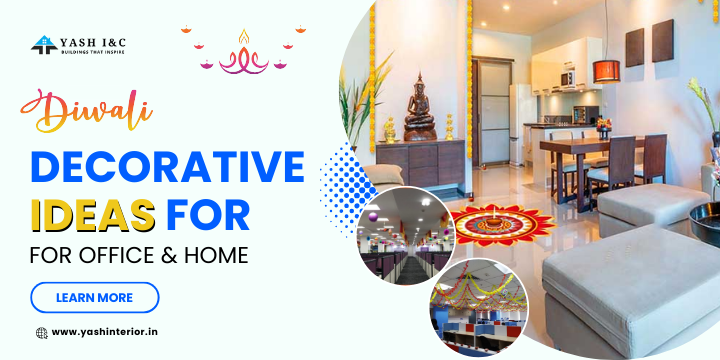
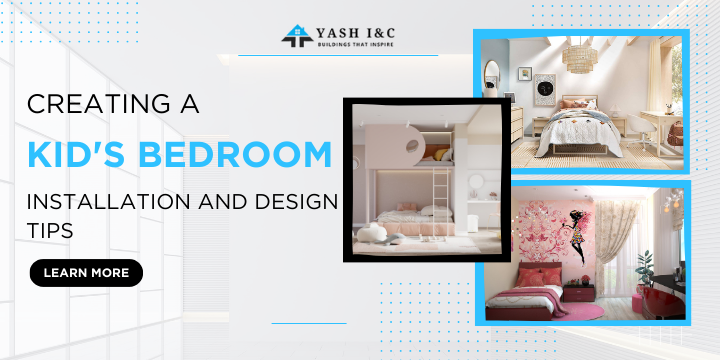
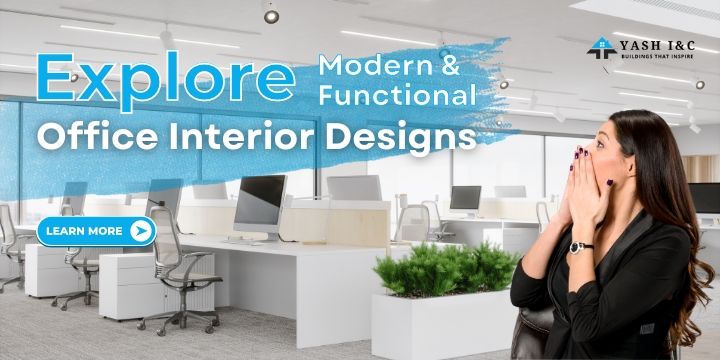
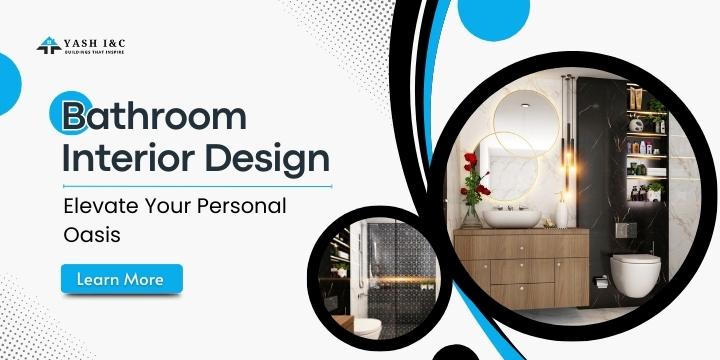
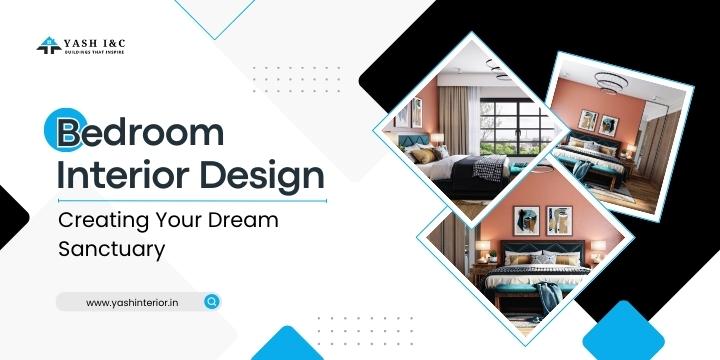
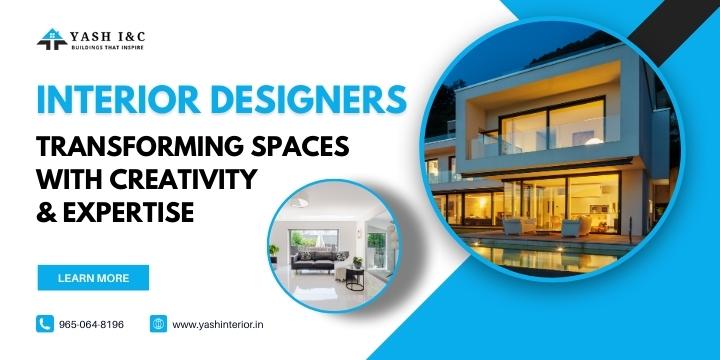

 Fill Out Your Details Below!
Fill Out Your Details Below!